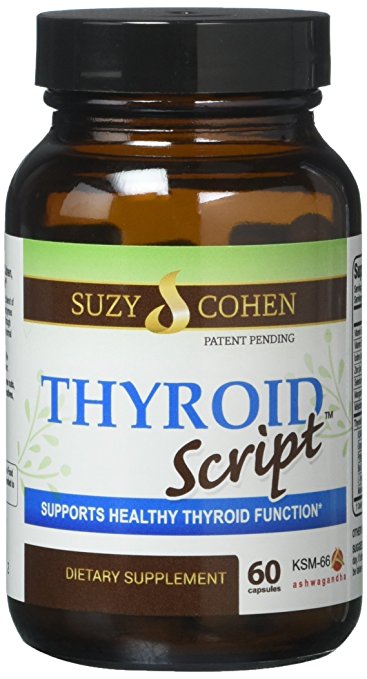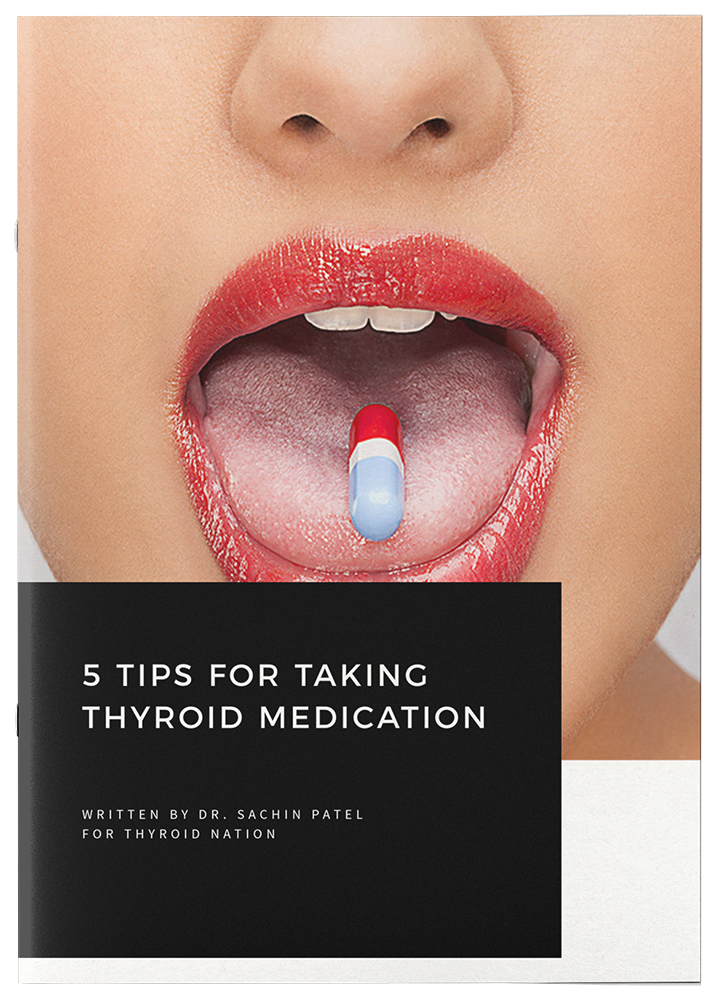
Dr. Charles Patrick Davis, Guest
Thyroid Nation
A message about Thyroid Storm from Dr. Davis:
Thyroid storm is a crisis or life-threatening condition characterized by an exaggeration of the usual physiologic response seen in hyperthyroidism. Whereas hyperthyroidism can cause symptoms such as sweating, feeling hot, palpitations and weight loss – symptoms of thyroid storm are more severe, resulting in complications such as:
- fever
- dehydration
- rapid heart rate
- nausea/vomiting
- diarrhea
- irregular heart beat
- weakness
- heart failure
- confusion/disorientation
- death
Fever tends to be one of the hallmarks of thyroid storm and can be as high as 105-106 F (40.5-41.1 C). The actual diagnosis of thyroid storm is made on the basis of suspicion in patients with symptoms described above and physical findings of an enlarged thyroid gland (thyromegaly), wide pulse pressure, and exophthalmos (protruding eyes). Not all affected individuals will exhibit all symptoms. These symptoms in addition to the findings of elevated thyroid hormones and other tests that may be performed emergently provide a strong presumptive diagnosis of thyroid storm. Conditions such as severe sepsis, pheochromocytoma, and malignant hyperthermia can mimic thyroid storm; consequently, determination of a definitive diagnosis should still be performed with appropriate tests.
Causes of thyroid storm may include:
- discontinuing needed medications for hyperthyroidism
- over-replacement of thyroid hormone
- recent treatment with radioactive iodine
- severe infection or illness, usually in a patient with hyperthyroidism
- severe medical stressors, such as heart attack, in a patient with hyperthyroidism
Thyroid storm requires emergency treatment and hospitalization. The main treatment is to decrease the circulating thyroid hormone levels and decrease their formation. Moreover, the high fever and possible dehydration is treated emergently with cooling of the body and IV hydration. PTU and methimazole are two agents that decrease thyroid hormone synthesis and are usually prescribed in fairly high doses. To inhibit thyroid hormone release from the thyroid gland, sodium iodide, potassium iodide and/or Lugol’s solution can be given. Beta blockers such as propranolol (Inderal, Inderal LA) can help to control the heart rate, and intravenous steroids may be used to help support the circulation.
Earlier in this century, the mortality of thyroid storm approached 100%. However, now, with early clinical recognition and the use of aggressive therapy as described above, the death rate from thyroid storm is less than 20%.
About the Author
 Dr. Charles “Pat” Davis, MD, PhD, is a board certified Emergency Medicine doctor who currently practices as a consultant and staff member for hospitals. He has a PhD in Microbiology (UT at Austin), and the MD (Univ. Texas Medical Branch, Galveston). He is a Clinical Professor (retired) in the Division of Emergency Medicine, UT Health Science Center at San Antonio, and has been the Chief of Emergency Medicine at UT Medical Branch and at UTHSCSA with over 250 publications. Learn more about him, here. Read the original article.
Dr. Charles “Pat” Davis, MD, PhD, is a board certified Emergency Medicine doctor who currently practices as a consultant and staff member for hospitals. He has a PhD in Microbiology (UT at Austin), and the MD (Univ. Texas Medical Branch, Galveston). He is a Clinical Professor (retired) in the Division of Emergency Medicine, UT Health Science Center at San Antonio, and has been the Chief of Emergency Medicine at UT Medical Branch and at UTHSCSA with over 250 publications. Learn more about him, here. Read the original article.
Questions or anything to ask Dr. Davis? We want your thoughts in the comments section–Please!
Sources:
MedscapeReference.com (Hyperthyroidism, Thyroid Storm, and Graves’ Disease)
Medical Author:
Charles Patrick Davis, MD, PhD
Medical Editor:
Melissa Conrad Stöppler, MD
Previous contributing medical author:
Ruchi Mathur, MD



